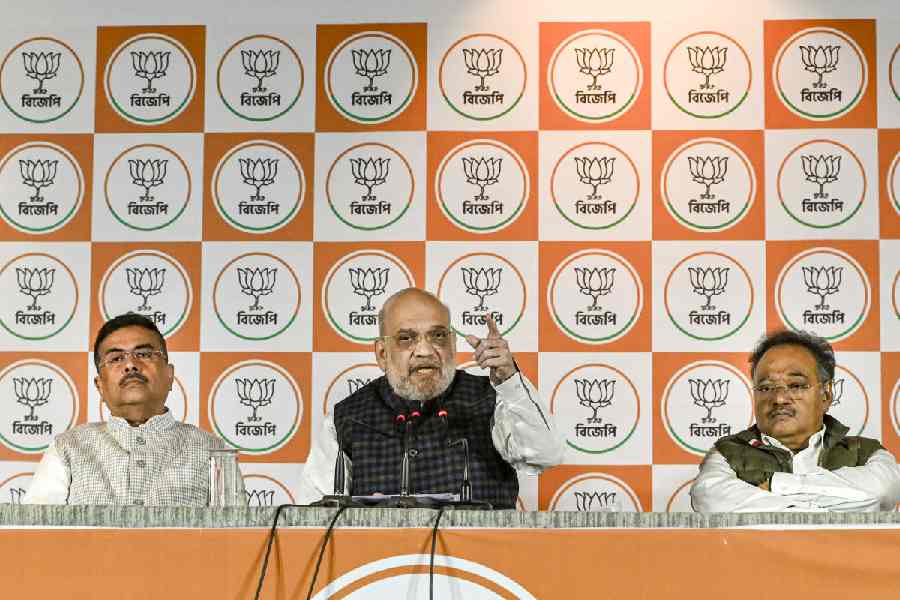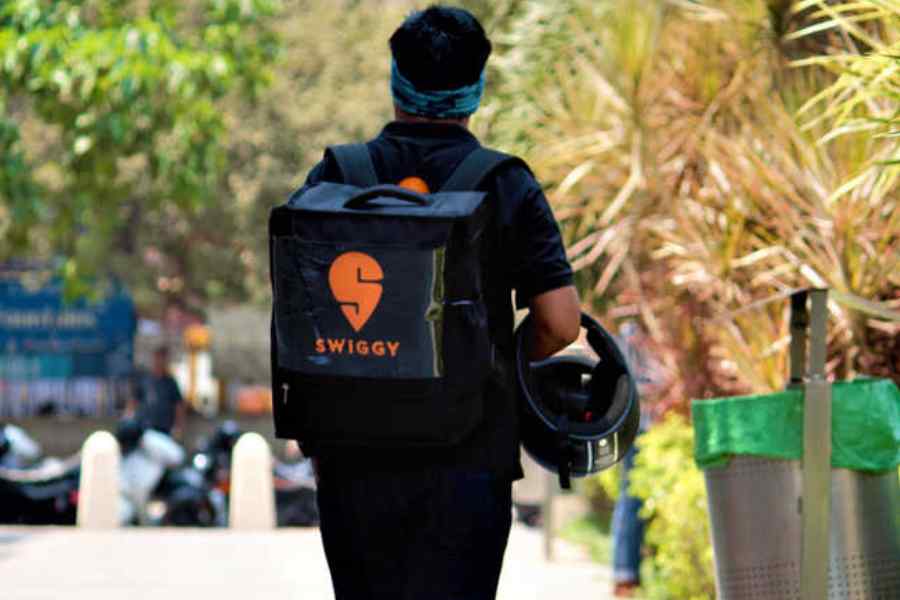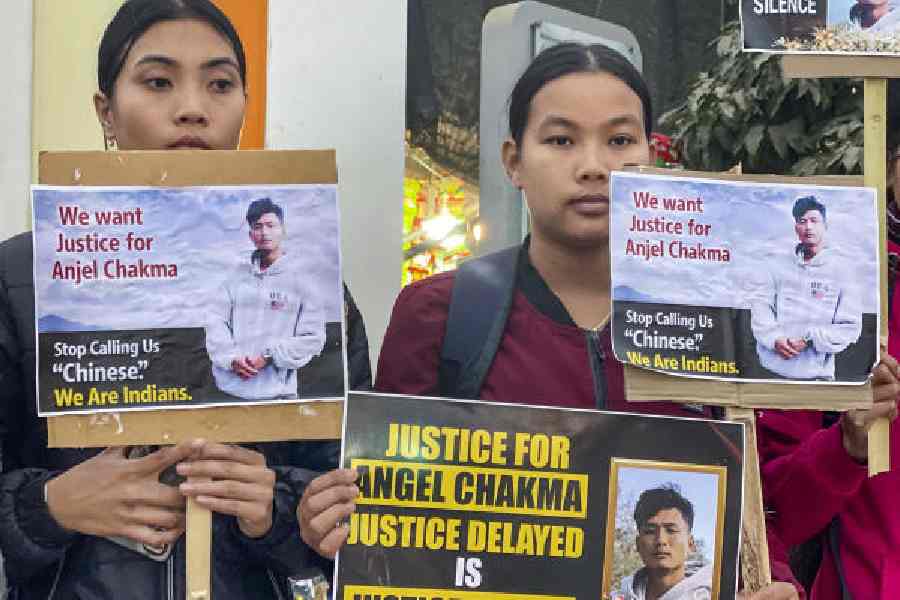In the last 15 years, India’s National Rural Employment Guarantee Act, 2005 has emerged as the world’s largest public works programme. The law was a lifeline during the pandemic when the NREGA employed one of every three rural families. Since NREGA’s birth, more than 35% of workers have been from Dalit and Adivasi homes. More than half the NREGA workers have also been women. In Kerala, the figure is nearly 90%.
But the government of the day has used every trick in the book to undermine this right to work initiative. The first blow was to introduce the new National Mobile Monitoring System digital app to monitor attendance. Second, the government has insisted that all NREGA wage payments have to be channelled through an Aadhaar Based Payment System. Less than half the workers possess these Aadhaar-linked bank accounts. Lastly, the finance minister has slashed the programme’s budgetary allocation to 0.2% of GDP, one of the lowest in the NREGA’s history. In 2015, the prime minister had made no bones about his antipathy to the NREGA, describing it as “a living monument to the failure” of the previous United Progressive Alliance government, which enacted the law.
The NREGA has been repeatedly undermined. Calculations show that since the Bharatiya Janata Party came to power (2014-2020), coverage has substantially reduced compared to the previous six years of the UPA regime (2008-2014). During the BJP’s reign, on average, fewer person-days of employment have been generated each year and fewer households have received 100 days of guaranteed work. Financial allocations have also declined (0.47% of GDP on average during UPA versus 0.35% under the BJP).
Distinct trends were visible across the states too. Those ruled by ‘double-engine’ BJP governments tended to provide lesser days of NREGA employment than those ruled by Opposition parties. In 2019-20, Congress-ruled Rajasthan provided the highest average of 31 days of NREGA employment for each rural household in the state, followed by Congress-ruled Chhattisgarh and the communist-led coalition in Kerala at 29 days.
Since the turn of the millennium, a few developing countries have also implemented similar ‘employer of the last resort’ programmes. The Jefes de Hogar in Argentina employed workers in day-care centres, homeless shelters, soup kitchens and recycling to establish a wage floor across sectors. But the scheme became unviable within a few years as Jefes wages could not keep pace with minimum wages and inflation. Ethiopia’s Productive Safety Net Programme continues to remain invaluable as the sixth year of drought looms. The PSNP also has a flexible dual payment option. In 2008, most PSNP workers opted to be paid in food rather than cash to combat inflation. But in South Africa’s Expanded Public Works Programme, the multiplier effect of cash wages on pro-poor GDP growth is estimated to be greater than the cost of the implementation of the programme. The Rwandan Vision 2020 Umurenge Programme has also supported thousands of women-headed families after the genocide. Closer home, Bangladesh’s 100-day Employment Generation and Nepal’s Food for Work were also inspired by the NREGA.
But the NREGA is now facing death by a thousand cuts. The recent increase notwithstanding, NREGA wages in 18 out of 20 states are unconscionably lower than the minimum wages. Worse, due to insufficient budgetary allocations, payment delays have become chronic. Workers in West Bengal have not been paid for more than a year. Rationing of work has also created a ‘discouraged worker effect’. NREGA workers from Jharkhand, Bihar, West Bengal, Rajasthan and other states protested for 60 days in Delhi. But their pleas have fallen on deaf ears.
The right to 100 days of work in rural India is legally guaranteed. But does the ‘mother of democracy’ respect the rule of law?
Swati Narayan is Associate Professor at the School for Public Health and Human Development, O.P. Jindal Global University










